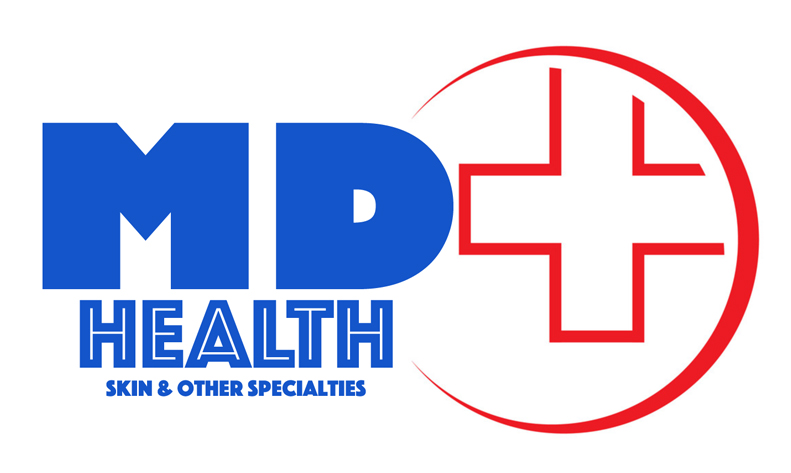MOLE REMOVAL
Expertise in Dermatology
Our skin treatment clinic boasts a team of highly skilled dermatologists with extensive experience in addressing a wide range of skin concerns.
Customized Treatment Plans
No two skin types are alike, and neither should the treatment plans be. Our clinic provides tailored solutions for each individual, addressing specific concerns.
Commitment to Safety
We adhere to the highest standards of safety protocols, ensuring that every procedure is conducted with precision and care. Your well-being is our foremost concern.
Mole Removal Procedures
Moles, often considered beauty marks, can sometimes be a source of concern due to changes in appearance or location. Mole removal procedures have become common for cosmetic reasons or when there’s a need to address potential health issues. In this guide, we’ll explore various methods of mole removal, considerations, and post-removal care.
Common Methods of Mole Removal:
-
Excision with Stitches:
- For larger moles or those suspected of being cancerous, surgical excision may be recommended. The mole is cut out, and stitches are used to close the wound.
-
Laser Mole Removal:
- Lasers can be used to break down pigments in the mole, causing it to fade over time. This method is often suitable for smaller, non-cancerous moles.
-
Shave Excision:
- This method involves shaving off the mole from the surface of the skin using a scalpel, typically for raised moles. Stitches may or may not be required.
-
Electrosurgery:
- High-frequency electrical currents are used to cut and remove the mole. This method can also help control bleeding during the procedure.
-
Cryotherapy:
- Liquid nitrogen is applied to freeze and remove the mole. Cryotherapy is suitable for smaller, non-cancerous moles and may require multiple sessions for complete removal.
Key Considerations:
-
Professional Evaluation:
- Before deciding on a removal method, consult with a dermatologist or healthcare professional for an assessment of the mole’s characteristics and potential risks.
-
Biopsy for Suspicious Moles:
- If there is any suspicion of malignancy, a biopsy may be performed before or after removal to determine if the mole is cancerous.
-
Scarring:
- Different removal methods may result in varying degrees of scarring. Discuss scarring concerns with your healthcare provider before the procedure.
-
Post-Removal Care:
- Follow the aftercare instructions provided by your healthcare professional to minimize the risk of infection and promote optimal healing.
-
Sun Protection:
- Protect the treated area from sun exposure during the healing process to prevent pigmentation changes and scarring.
-
Cosmetic Concerns:
- If the primary goal is cosmetic, discuss your expectations and concerns with the healthcare provider to ensure the chosen method aligns with your aesthetic preferences.
Benefits of Mole Removal:
-
Cosmetic Enhancement:
- Removal can improve the appearance of the skin, especially for moles located in prominent or bothersome areas.
-
Peace of Mind:
- Removing suspicious moles can provide peace of mind, particularly when there are concerns about skin cancer.
-
Improved Comfort:
- Raised or irritated moles may cause discomfort, and removal can alleviate these symptoms.
-
Preventive Measures:
- Proactive removal of atypical moles can be a preventive measure against potential health risks.
Conclusion:
Mole removal procedures offer both cosmetic and health-related benefits, allowing individuals to address concerns about appearance or potential health risks associated with certain moles. The decision to remove a mole should be made in consultation with a healthcare professional who can assess the specific characteristics of the mole and recommend the most suitable removal method. Embrace the opportunity to unveil clarity and confidence through mole removal procedures tailored to your unique needs.
Our Doctors
Make an Appointment
Dr. Bincy Varghese
MBBS, MD - Dermatology , Venereology & Leprosy
Dr Dwaraka Pallavi
MBBS, MD - Senior Consultant Dermatologist
Dr. Hemant Madan
MBBS, MD - General Medicine, DM - Cardiology
Dr. Arjun. S. Shenoi
MBBS, MD - General Medicine, DNB - Cardiology
Dr. Saurabh Chopra
MBBS, MD - General Medicine, DM - Cardiology
Dr. K. Nath
MBBS, MD - Senior Consultant General Physician & Corporate Consultant
Dr. Akanksha Srivastava
MBBS, MD - Gynaecologist

